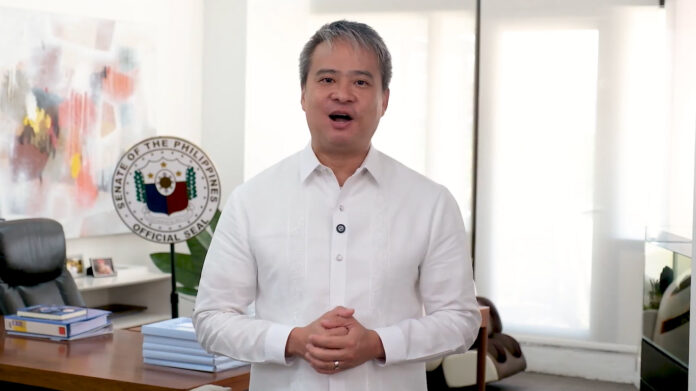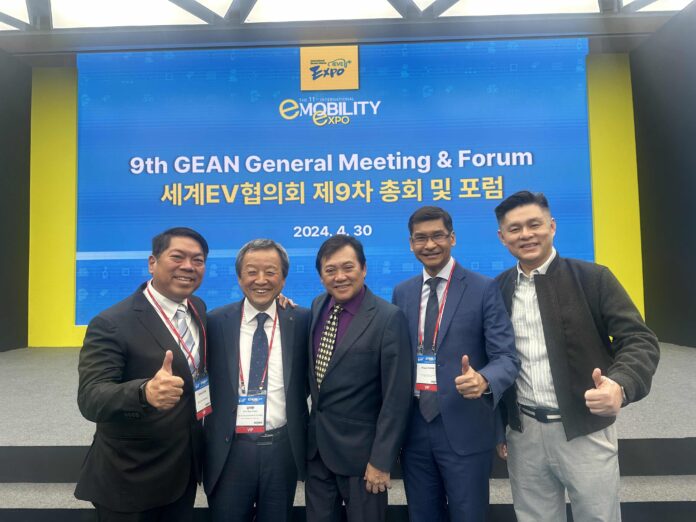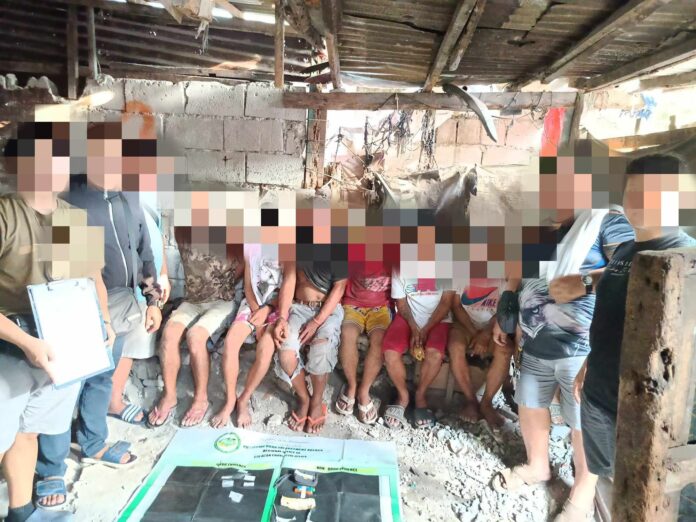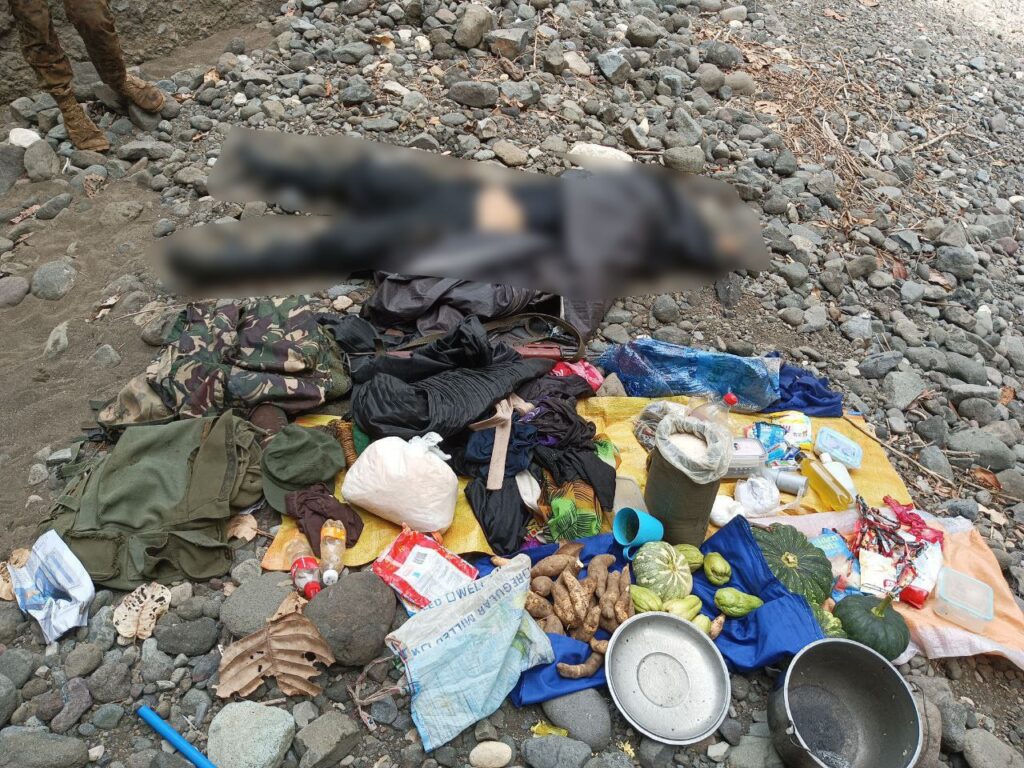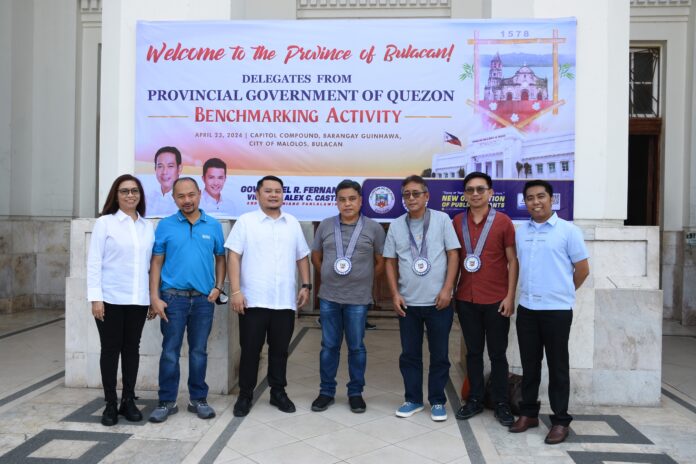By Harvey Sapigao
Neutrons, when plucked from the nucleus of atoms, become unstable and decay after some time. Physicists know that these unstable neutrons die after about 14 minutes, but they cannot pinpoint the exact seconds in which the neutrons last, even as today’s experiments are at their most precise.
This problem, known as the neutron lifetime anomaly, arises because two different but equally rigorous experimental methods – the beam method and the bottle method – produce different results. A popular reason is that some undiscovered phenomenon might be at play.
But Dr. Denny Lane Sombillo of the UP Diliman College of Science National Institute of Physics (UPD-CS NIP) thinks the explanation may lie in how time behaves at a quantum level. “If this [theory] is correct,” he said, “we don’t need to modify the known physics and simply focus on the nature of time in quantum mechanics.”
Dr. Sombillo’s theory involves a separate problem called the quantum time of arrival (QTOA) problem. His theory is built upon the works of Dr. Eric Galapon of UPD-CS NIP. By employing Einstein’s concept of causality in Dr. Galapon’s work, Dr. Sombillo provides an intuitive picture of the quantum time of arrival problem, one that can be used to explain other mysteries such as the neutron lifetime anomaly.
Time of Arrival in Classical vs. Quantum Mechanics
In classical mechanics, a car traveling at 40 kilometers per hour will arrive at the destination 40 kilometers away in exactly one hour. So long as the speed of the car and the distance to the destination do not change, we can be sure that the car’s time of arrival will always be one hour.
A different story emerges in quantum mechanics. An atom traveling at some speed will reach its destination – say, a detector – after some time. However, a weird quirk of an atom is that we can prepare its exact position or exact speed, but not both at the same time. That is, we can prepare it with an exact speed, but we cannot set how far away it is from the detector, and vice-versa. As a result, we cannot be sure of the atom’s time of arrival; we can only know the probability of it arriving after a certain time.
This feature called the Heisenberg uncertainty principle, owes its weirdness to the duality of atoms as both a wave and a particle. Naturally, atoms are clouds of probabilities with no definite properties, much like the ambiguity of a wave. When measured or prepared, however, atoms instantaneously acquire exact properties, much like the distinctness of a particle.
Dr. Galapon’s theory on QTOA posits that right after the atom is prepared, it collapses into a specific type of wave. After some time, this wave will evolve and turn into a particle. This process is aptly named the Galapon collapse mechanism (GCM).
Employing Causality
However, Dr. Sombillo noticed that the theory allows for a situation where the atom instantaneously arrives at the detector. That is, the atom can “teleport” to the detector, rendering no time to travel, which is physically impossible. This also violates the concept of causality, which states that one event (a cause) must first happen before another event (an effect).
“You can think of causality as the proper ordering of events,” Dr. Sombillo explained. In the traveling atom, for example, the proper order of events would be that the atom must be prepared first (a cause) before appearing at the detector (an effect). That is, the atom should not be detected by the detector if it has not yet been prepared.
Dr. Galapon’s theory allows for the reversed ordering of events where the detection of the atom precedes its preparation. “Intuitively, this reversed ordering should not be in the theory, but it is not easy to identify this loophole using mathematics alone,” Dr. Sombillo said. “One needs to evaluate the physical implications of the formalism.”
By employing causality, Dr. Sombillo and his collaborator, Dr. Neris Sombillo of Ateneo de Manila University, were able to fix the issue. “We found that the instantaneous arrival time can be removed if we impose causality in the formulation of the time of arrival operator theory,” he said. “Even if we remove the causality-violating part, the quantum correction to time remains.” Their improved formulations can now be used to explain physical phenomena such as the neutron lifetime anomaly.
Neutron Lifetime Anomaly
When an unstable neutron dies, it changes into a proton, emitting an electron and antineutrino. But exactly how long before this process happens is still unknown. The beam experiment suggests that the unstable neutron lasts an average of 14 minutes and 48 seconds, while the bottle experiment suggests 14 minutes and 39 seconds – a nine-second difference.
Dr. Sombillo believes that the difference comes from how the neutrons are initially prepared, which would have affected their lifetime. Just like in the quantum time of arrival problem where the atom’s particle-like state affects how it will evolve into a wave, the neutron’s initial state affects how it will decay.
The beam and bottle experiment, he theorizes, sets the neutrons with dissimilar quantum characteristics. Plugging these values into his equations on quantum time of arrival would result in different neutron lifetimes, accounting for the discrepancy in the experiments.
Now published in Physics Letters A, their paper is the first to merge causality and the quantum time of arrival problem, as well as use it to explain the neutron lifetime anomaly. “Our work is the only proposal that presents the anomaly as a quantum correction to a time observable,” Dr. Sombillo said. “The paper laid the foundation for future work on the neutron lifetime anomaly using the theory of quantum arrival.”
While their work is still at its preliminary stage, he said that they intend to pursue a more thorough investigation of the quantum time theory in the future. Before transitioning as a nuclear physicist, Dr. Sombillo was part of the quantum time operator research group of UPD-CS NIP. He later learned about the neutron lifetime anomaly and how it might relate to the quantum time of arrival problem after his transition.

